San Miguel De Allende
CONTACT
submit a CALENDAR REQUEST
connect with us
Heading
home
Sayulita
ABOUT
Dancing With the Dead: A Personal Reflection on Día de los Muertos, Spirituality, and the Healing Power of Remembrance
October 22, 2025
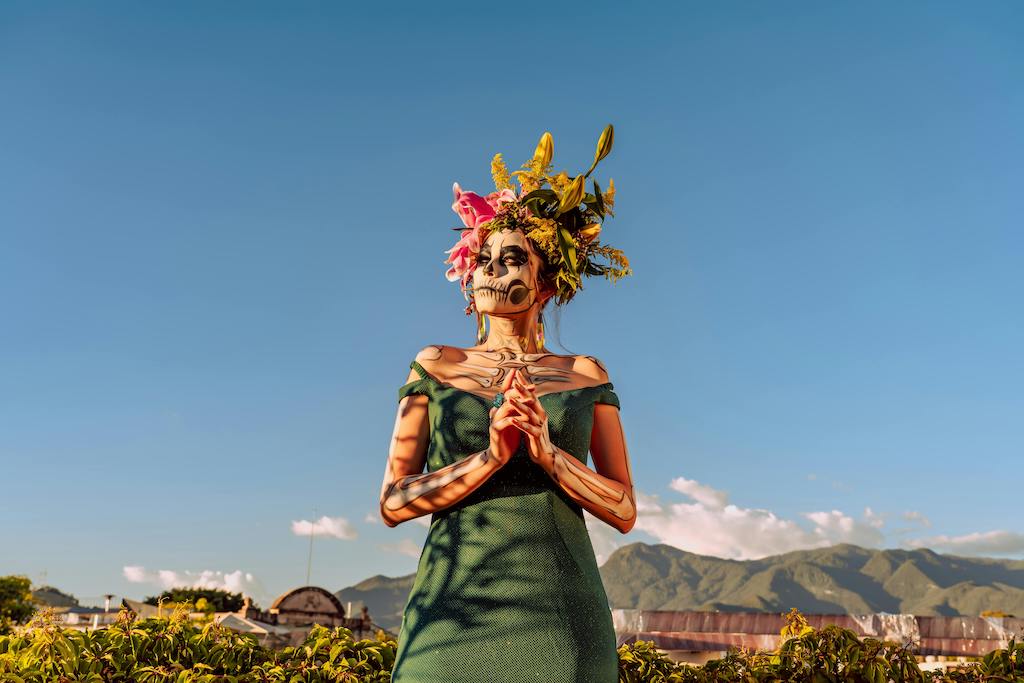
There’s something strangely comforting about walking through a cemetery in Mexico during Día de los Muertos. It’s not cold. It’s not quiet. It’s not even sad. It’s alive. Candles flicker. Laughter bubbles up between families gathered at gravesites. Music hums in the background. The air smells like marigolds and tamales. And in that moment — surrounded by color, by memory, by love — death doesn’t feel so terrifying anymore.
I’ve thought a lot about why this particular celebration, Día de los Muertos, has stayed with me in such a profound way. It’s more than tradition. It’s spiritual. It’s healing. And honestly, I think the rest of us — especially in Western cultures — could learn a lot from the way Mexico welcomes death like an old friend rather than hiding from it like a stranger.
A Spiritual Tradition Rooted in Ancient Beliefs
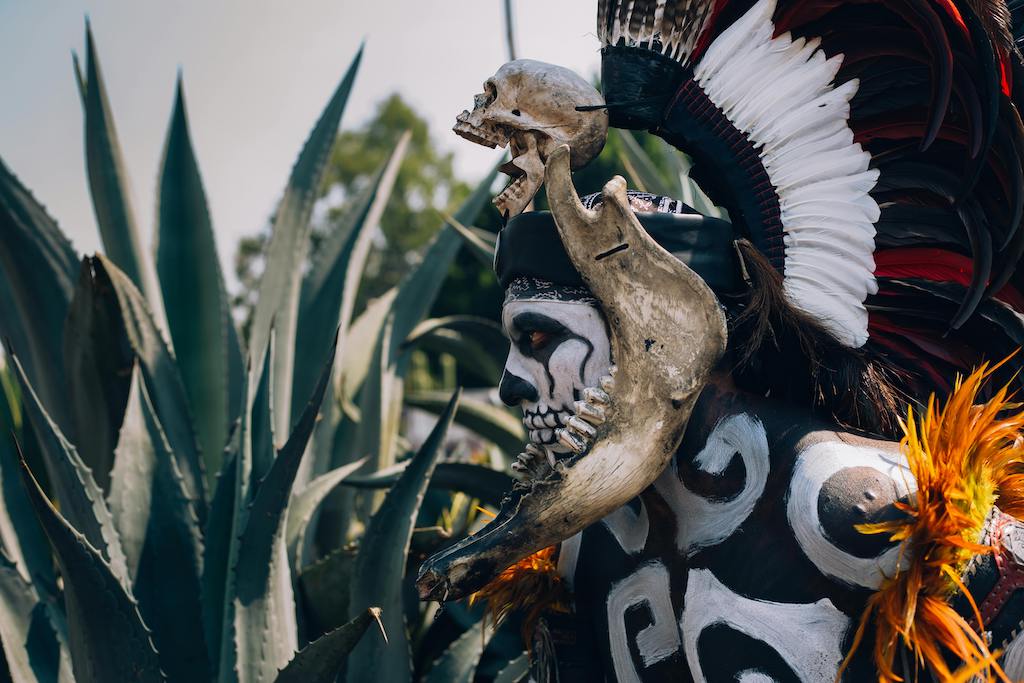
To understand the spirituality of Día de los Muertos, you have to go back. Way back. Long before colonialism, long before Catholicism even tried to absorb the ritual into All Saints’ and All Souls’ Day — this celebration was rooted in Aztec culture, where honoring the dead was part of a sacred cycle of life.
The Aztecs believed in multiple realms of the afterlife, and the journey of the soul depended on how someone died, not necessarily how they lived. Death wasn’t an end; it was a transformation. A transition. There was no fear around it, only respect.
When the Spanish arrived and brought Catholicism, the indigenous rituals fused with Christian observances. The result? Something deeply hybrid, deeply spiritual, and still distinctly Mexican.
Dia De Los Muertos Rituals that Speak to the Soul
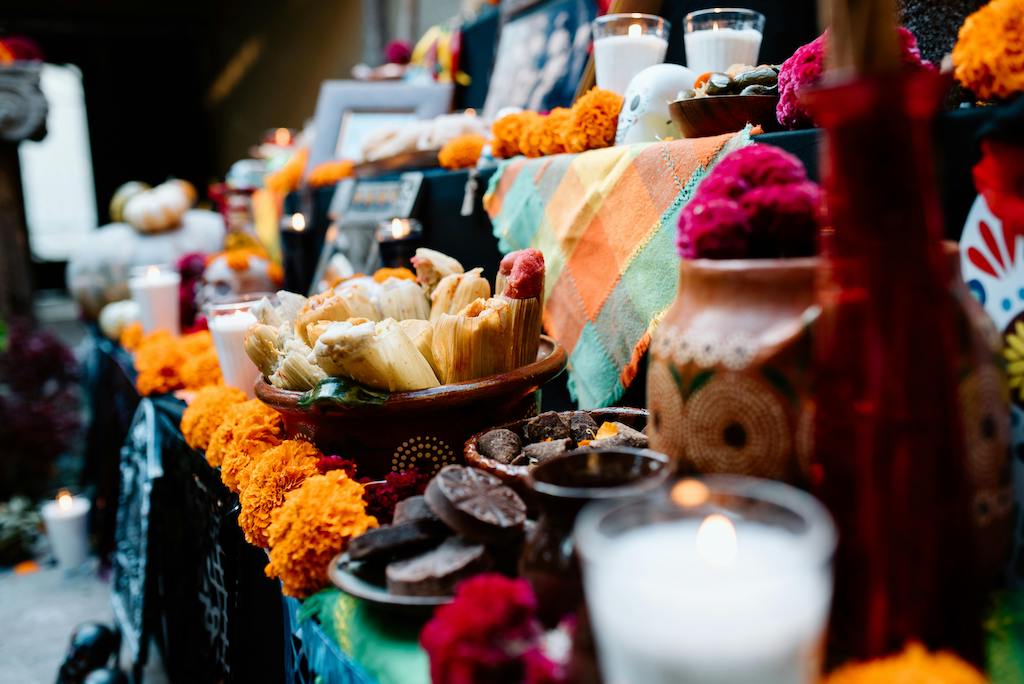
One of the most moving aspects of Día de los Muertos is the altar, or ofrenda. These aren’t just decorations. They’re invitations. Every photo, every pan de muerto, every little bottle of tequila or candy skull is placed with care — a call to the spirit world that says, “You are not forgotten. You are still welcome here.”
Lighting candles isn’t just symbolic; it’s an act of guidance. The flames help light the way home for the souls of loved ones. Incense cleanses the air — a ritual borrowed from pre-Hispanic ceremonies. And the marigolds? They’re not just beautiful. Their bright color and strong scent are said to lead the spirits back to the land of the living.
All of this is spiritual practice — and it has nothing to do with fear. It’s built on love.
The Mental Health We Don’t Talk About
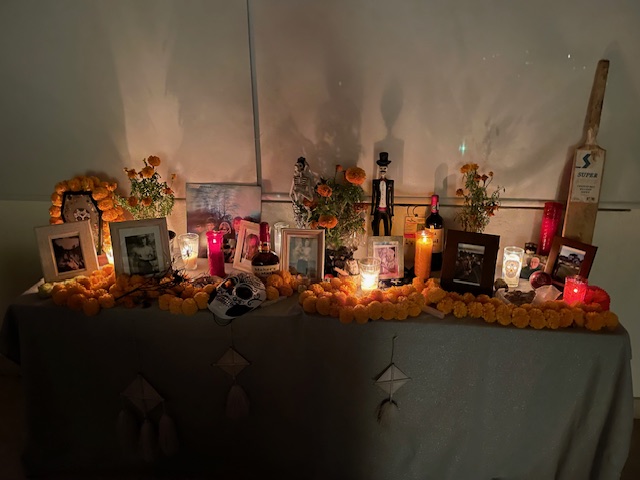
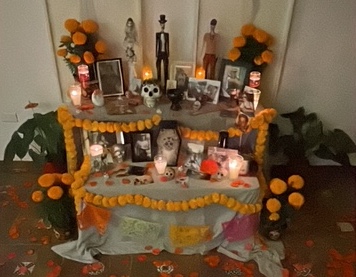
but this helps ease the pain and gives us a chance to reflect and remember the good times
Let’s get real for a second: Western culture has a death problem. We don’t talk about it unless we absolutely have to. We sterilize it. We push grief into a quiet corner, often expecting it to vanish on a deadline. I know people who feel guilty for still crying years after a loss. As if love has an expiration date.
But in Mexico, grief is allowed to dance. It’s given space, time, music, food, color. There’s mental health wisdom here, in how Día de los Muertos doesn’t just allow us to remember the dead — it encourages it. It brings families together to talk about their people, to laugh about their quirks, to pass down their stories.
Psychologists often talk about the importance of processing grief in healthy ways. Ritual, community, remembrance — these are all proven tools. Día de los Muertos checks every single box, and then adds a layer of beauty on top.
Healing Through Connection
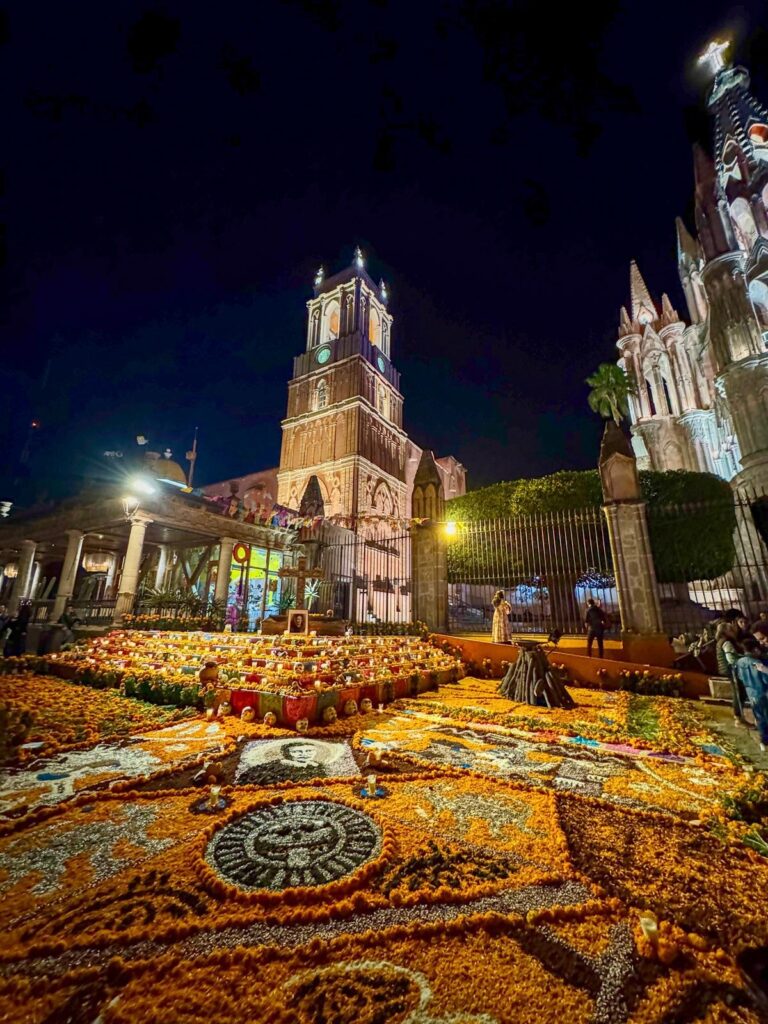
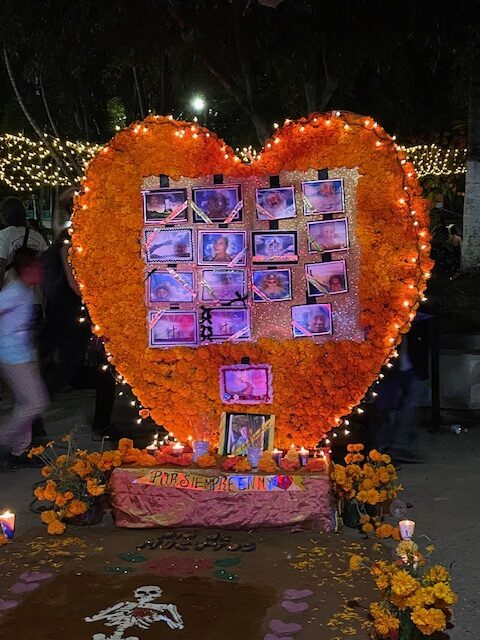
Personally, I think there’s something incredibly therapeutic about creating a space — physical or spiritual — where you continue your relationship with those who’ve passed. You’re not pretending they’re still alive, but you’re also not pretending their love disappeared with their last breath.
Every photo I’ve ever placed on an altar… I talked to it. Every meal I’ve left out, I thought about what they’d say. And you know what? I felt close to them. And in that closeness, there was a peace I can’t quite explain.
It’s like… the fear lifted. And all that was left was gratitude.
What the World Can Learn from Día de los Muertos Spirituality

I wish we didn’t wait for tragedy to start talking about life and death in meaningful ways. Día de los Muertos reminds us that remembrance can be joyful. That grief can include celebration. That the dead don’t need to be buried in silence — they can be lived with in spirit.
You don’t have to be Mexican to adopt some of these practices. Create a space in your home for your ancestors. Cook their favorite meals. Tell their stories. Light a candle. Say their name out loud.
This isn’t about religion. It’s about soul connection. And in a world where so many of us are disconnected — from each other, from our roots, from meaning — this kind of spiritual practice feels like medicine. This type of thinking is what helped us to create EnForma and make it our mission to help others.
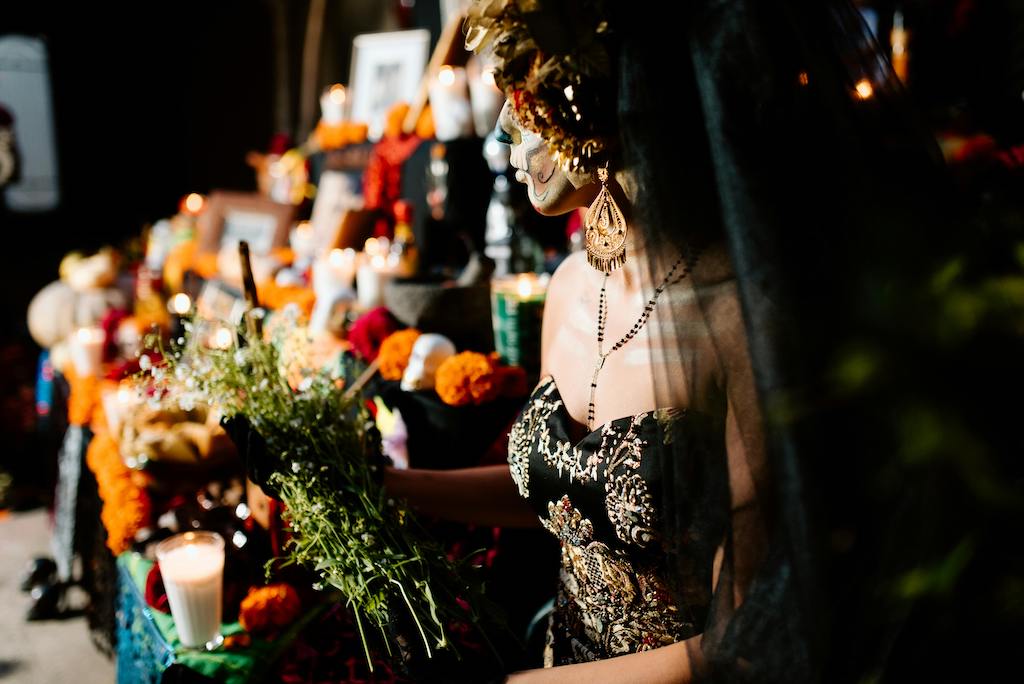
This year, as Día de los Muertos approaches, I’m not just pulling out candles and flowers. I’m pulling out memories. I’m creating space. Not for sadness — but for connection, for healing, and for something beautifully sacred.
Maybe that’s the real magic of it all. It doesn’t matter where you’re from. When you honor your dead with joy and reverence, you’re reminded of one simple truth:
They’re not gone. They’re just on the other side of the veil.
And if you listen closely, you’ll hear them whisper back.